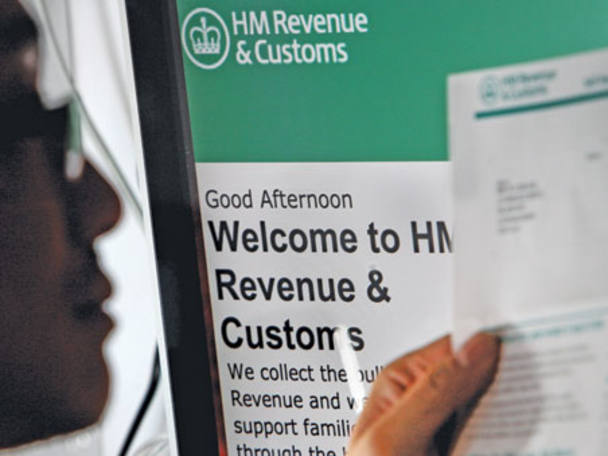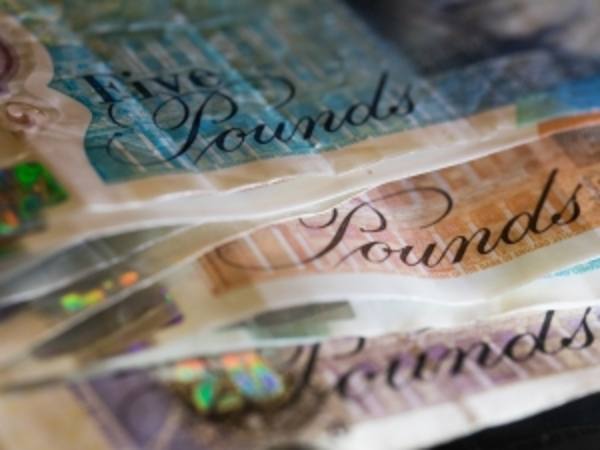The reader featured in the Portfolio Clinic of the 19 July issue wants to invest directly in shares listed overseas. But he expressed the following concerns: “I am worried that withholding taxes would reduce the overall gain and I don’t want the extra administration.”
Many countries apply a withholding tax to dividends paid in respect of direct investments held by non-residents. The tax is automatically deducted before the investors receive the dividends. However, the UK has double taxation treaties with many countries to prevent UK investors having to pay tax twice on the same income. This allows investors to claim relief in respect of the foreign tax they have paid, and get some or all of the amount they paid back, so they only have to pay UK tax (or not much more) on those investments.
France and the US typically charge private investors who hold stocks directly in their own name and in nominee accounts 30 per cent withholding tax. Germany charges investors who hold stocks directly in their own names 30 per cent withholding tax and nominee accounts 26.375 per cent withholding tax. But because these countries have double taxation treaties with the UK, investors here can claim a rebate so the most they pay the foreign authority is 15 per cent.
US, French and German dividend tax treatment
| Country | Withholding rate (%) | Treaty rate (%) | Time limit to reclaim tax credit (years) | Upfront relief | Online claim form |
| France | 30 | 15 | 3 | Yes | Yes |
| Germany | 25-30 | 15 | 4 | Yes | Yes |
| US | 30 | 15 | 3 | Yes | Yes |
Source: Blick Rothenberg
Investors can either claim tax back from the relevant country’s tax authority after the tax deduction has already been made or request that it is not taken before it is deducted.
If you claim the tax back after it has been withheld you will have to answer questions on the number of shares held, the dividend amount and what tax was deducted, and supply documentary proof. For example, a company listed in France – which has a withholding tax of 30 per cent – pays you dividends worth £1,000. You incur tax of £300, leaving you with £700. You have a UK dividend allowance of £2,000 a year, but if you have already used this up on other dividends received, the £1,000 is taxed according to your dividend tax rate. This is 38.1 per cent for additional-rate taxpayers, 32.5 per cent for higher-rate taxpayers and 7.5 per cent for basic-rate taxpayers. You then need to claim back the difference between default withholding tax you paid and the amount that should have been deducted according to the treaty rate of the country from where the dividends originated. For France this is 15 per cent, so, in this example, 15 per cent of £1,000 – £150.
You will need to send three copies of your claim form to UK HM Revenue & Customs, which stamps them to prove that you are tax resident in this country. It keeps one, and you send the other two to the foreign country’s tax authorities for processing. It can take two to three months to get the money. There are different forms for each country. For example, for France this is Form 5000 and for the US it is the W-8BEN form. Some ask you to send a dividend summary, whereas others request the original dividend vouchers.
If you want to avoid this process you can make a claim before receiving dividends so that you do not pay withholding tax in the first place. You can do this by writing to the registrar of the company whose shares you hold, and request that they apply the treaty tax rates to your dividends every time. But finding a registrar or portfolio handler who is willing to do this is generally more difficult due to the administration involved.
Isa treatment of overseas equities
You can hold foreign listed shares in Isas if they are issued by a company that is officially listed on a recognised stock exchange, or admitted to trading on a recognised stock exchange in the European Economic Area.
If you hold US-listed shares in an Isa the broker or platform via which you bought them should provide you with the W-8BEN tax form so that you can benefit from the treaty tax rate. This reduces the tax rate from 30 per cent to 15 per cent and the dividend is paid into your account net of the withholding tax. But with many other countries, including France, brokers do not have this arrangement, so investors must pay the full withholding tax. In some cases investors can get 15 per cent back from the tax authorities by filling out the appropriate form as explained above, but this is complicated by dividends being paid to the nominee rather than the individual investor.
But, says Robert Pullen at Blick Rothenberg, it can be more tax-efficient to hold overseas listed shares within an Isa. For example, if you receive dividends worth £1,000 from a company listed in France and are an additional-rate taxpayer, you would pay tax on them of 38.1 per cent outside an Isa, after you have exhausted your annual dividend allowance of £2,000 and completed the process set out above. But if held within an Isa, you should only need to pay 15 per cent tax to the French authorities.










